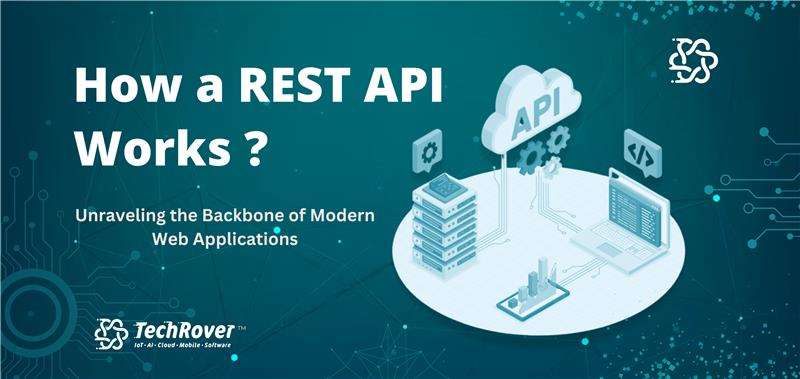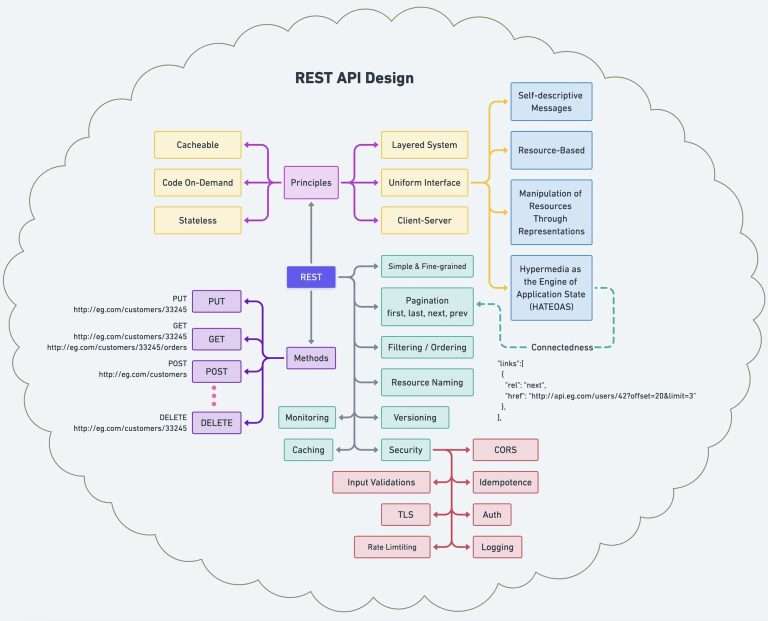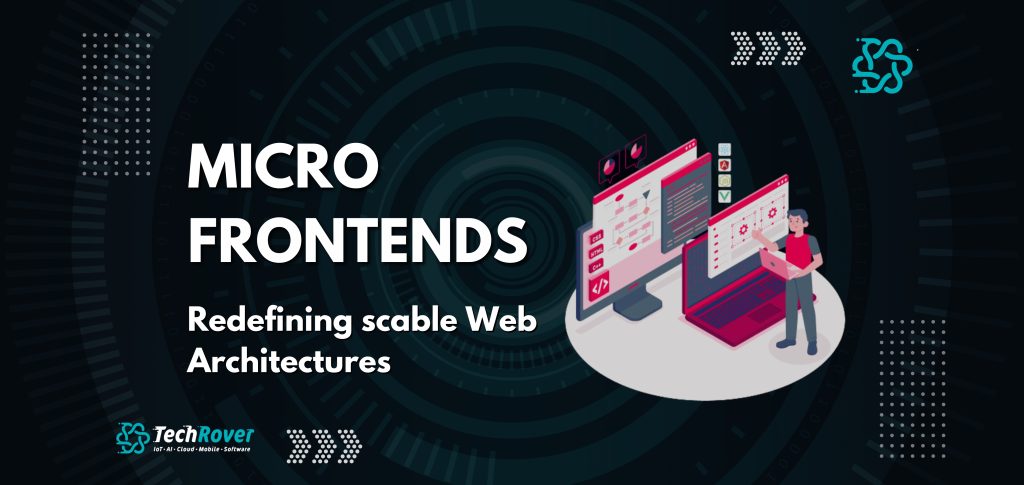How a REST API Works: Unraveling the Backbone of Modern Web Applications

The Real-Life Use Case: Connecting the Dots in a Digital World.
Imagine you’re using a food delivery app. You select your favorite meal, place an order, and track the delivery in real-time. Ever wonder how your request zips across servers and apps to ensure your food arrives hot and on time? That magic happens thanks to REST APIs (Representational State Transfer Application Programming Interfaces).
REST APIs are the messengers that enable your app to talk to the backend systems of restaurants, payment gateways, and even delivery tracking services. Before REST, integrations often felt like forcing puzzle pieces together from different sets. REST arrived as a savior—a common language for systems to interact seamlessly, even when they’re built on different technologies.
So, how does a REST API pull off this miracle of connectivity? Let’s break it down.
1. REST Basics: The ABC of API Communication
At its core, a REST API is a set of rules that allows two software programs to exchange information over the internet. The rules are based on HTTP, the protocol behind web browsing, making it simple and scalable.
Key Principles:
- Statelessness: Every request from a client to a server contains all the information needed to process it. The server doesn’t retain any memory of previous requests.
- Client-Server Separation: The front-end (your app) and back-end (the server) are independent, connected only by the API.
- Cacheability: Responses can be cached to improve speed and reduce server load.
- Uniform Interface: A consistent way to access resources using HTTP methods.
2. The Building Blocks of REST APIs
REST APIs are designed around resources—data entities like users, orders, or products. Each resource has a unique URI (Uniform Resource Identifier), often represented as a URL.
For example:
- A single user: https://api.example.com/users/123
- All users: https://api.example.com/users
HTTP methods define the action to perform on these resources:
- GET: Fetch data (e.g., retrieve a user profile).
- POST: Create data (e.g., register a new user).
- PUT: Update existing data (e.g., change a user’s email).
- DELETE: Remove data (e.g., delete a user account).
3. The Anatomy of a REST API Request
Every REST API request has the following components:
i. Endpoint (URL):
The address where the API is hosted. Example: https://api.techroversolutions.com/orders
ii. HTTP Method:
Defines the action, like GET or POST.
iii. Headers:
Contain metadata about the request, like authentication tokens or content types:
Authorization: Bearer
Content-Type: application/json
iv. Query Parameters:
Add filters or options to refine the request: https://api.techroversolutions.com/orders?status=delivered
v. Request Body:
For POST or PUT methods, the body contains the data being sent to the server:
{
"product_id" : 101,
"quantity" : 2
}

4. The Response: What You Get Back
A server processes your request and sends back a response, typically in JSON format:
i. Status Codes:
- 200 OK: Success.
- 201 Created: Resource created.
- 400 Bad Request: Something’s wrong with your input.
- 401 Unauthorized: Missing or invalid credentials.
- 404 Not Found: Resource doesn’t exist.
- 500 Internal Server Error: Server-side problem.
ii. Response Body:
Contains the data you requested or a confirmation of the action:
{
"order_id" : 456,
"status" : processing
}
5. How REST APIs Handle Real-Life Challenges
i. Scaling Up:
When your app grows, REST APIs’ stateless nature ensures they can scale horizontally by adding more servers.
ii. Security:
APIs use authentication methods like OAuth2 and API keys, ensuring only authorized users can access resources.
iii. Versioning:
APIs evolve. Using versions in the URL ensures backward compatibility: https://api.techroversolutions.com/v2/orders
iv. Performance:
Caching and efficient query design optimize speed.
6. REST vs. the Alternatives
While REST dominates, newer architectures like GraphQL and gRPC have emerged. REST’s simplicity and ubiquity make it a go-to choice for many, though alternatives can be better for specific needs.
TechRover™ Solutions : Masters of REST APIs
At TechRover™ Solutions, we pride ourselves on crafting REST APIs that are robust, efficient, and tailored to your needs. With years of experience in API development, we’ve helped startups and enterprises alike bridge the gap between applications and unlock new opportunities.
Our Expertise:
- Custom API Design: We design APIs that scale effortlessly with your business.
- Performance Optimization: Our APIs are built for speed and reliability, ensuring seamless user experiences.
- Security First: We implement the latest authentication standards to safeguard your data.
- End-to-End Support: From planning to deployment, we’re with you every step of the way.
If you’re looking to integrate REST APIs into your ecosystem or optimize your existing ones, let’s connect and turn your vision into reality.


